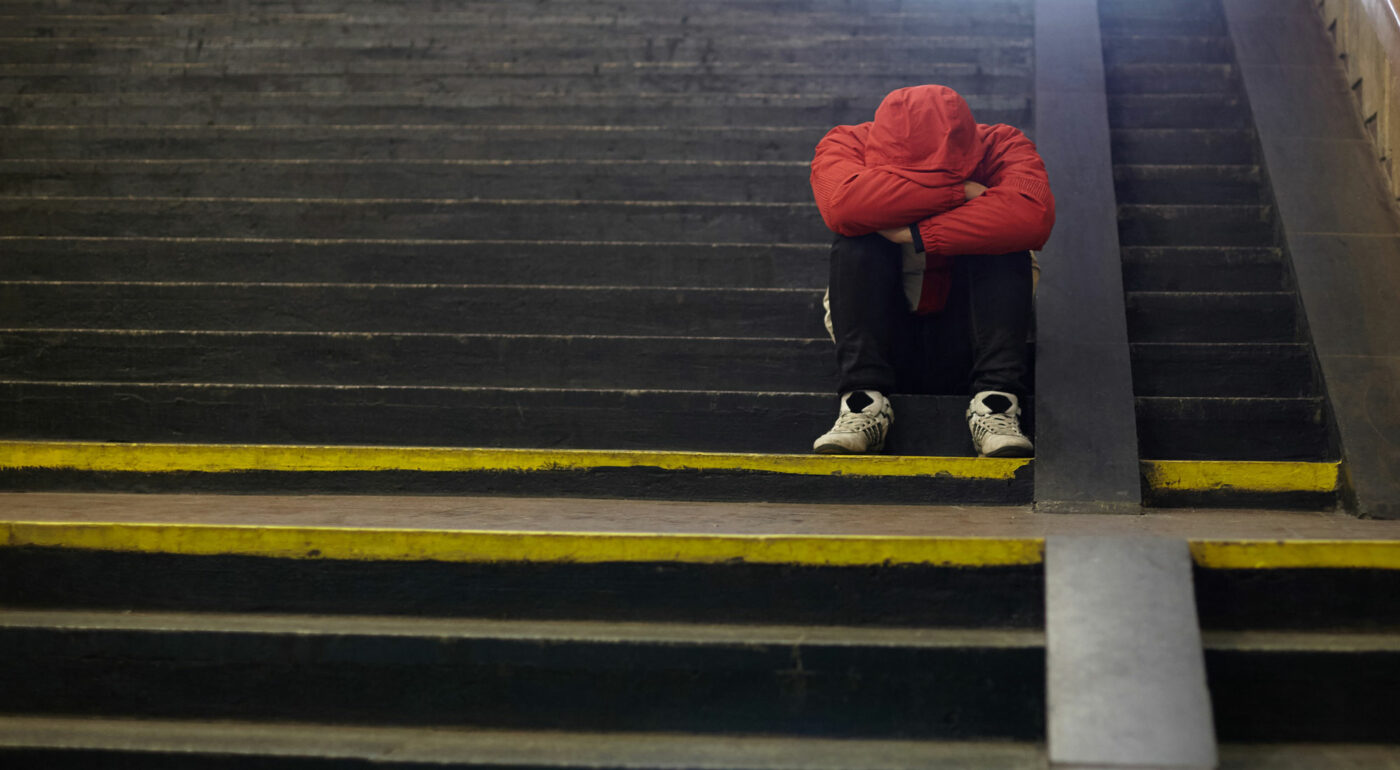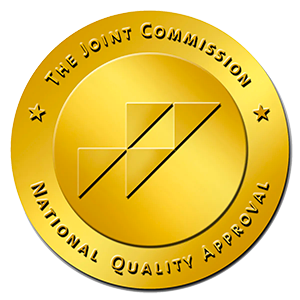By Anna McKenzie
Mental health has come into the spotlight in the last decade, but the COVID-19 pandemic created a much greater awareness of the need for mental health treatment. With people suffering from isolation, anxiety, and burnout on a large scale, mental health became a regular topic of conversation in the public sector, reducing the stigma and allowing care options to expand. But as mental health issues remain prevalent, important questions need to be answered: Is mental health treatment enough? What about mental health prevention?
As mental health issues remain prevalent, important questions need to be answered: Is mental health treatment enough? What about mental health prevention?
The Rising Rate of Mental Health Issues
Around the world, one in eight people has a mental health disorder, according to the World Health Organization (WHO). During the COVID-19 pandemic, anxiety and depression rose by 26-28%. About 700,000 people globally take their own lives every year, and suicide is the fourth leading cause of death among the 15-29 age group.
In America, one in five people have a mental health disorder, and 48,000 people commit suicide each year, according to the Centers for Disease Control (CDC). But a far greater number — an estimated 12.3 million — seriously consider suicide each year, and a 1.7 million attempt suicide. The National Institute of Mental Health (NIMH) states that suicide is the third leading cause of death among 15- to 24-year-olds in America.
This is just a snapshot of the rising rate of mental health issues both in the US and around the world. With more people — especially adolescents and young adults —experiencing mental health distress, the focus has been on how to reach them with adequate care and treatment. While this is a vital part of stemming the tide of the crisis, preventing the development of mental health conditions is a topic that has received far less attention than it should. What does mental health prevention look like? Where should it begin?
Mental Health in the United States
In a kindergarten class, the teacher talks to her young students about how to help their bodies be calm. They practice breathing and talk about their feelings — what it’s like to have a “monkey mind” filled with anxious thoughts, and how taking a few big breaths can make you feel better. One student talks about “starfish breathing”: He traces his hand with one finger, inhaling as he traces up each finger and exhaling as he traces down.
These children are featured in the documentary American Tragedy, which focuses on the aftermath of the shooting at Columbine High School in 1999. It examines the mental health of shooter Dylan Klebold, who did not fit the stereotype of a killer. But Dylan’s writings, discovered after the tragedy, revealed a mind in deep turmoil. Dylan had been suffering from suicidal thoughts and paranoia, believing others were conspiring against him. He sounded like a person who was suffering a psychotic break and living in a different reality.

Mental health in the United States is an even more critical issue when guns are in the mix. The US ranks fourth highest in the world for gun deaths and is the only country with more guns than people (120.5 firearms per 100 people), according to US News & World Report. As suicidal ideation and mental distress continue to rise, so does the probability of violent acts.
“We don’t have to be able to predict who is going to commit some kind of a violent act, but we can certainly prevent. For example we have learned that school shooters very often are suicidal — and my own son, I learned after his death, had been suicidal and was writing about it,” says Sue Klebold, Dylan’s mother, in the documentary also featured on NPR’s WBUR. “If we could have addressed his suicidality, I truly believe we might have prevented at least his involvement in the tragedy.”
Mental Health Prevention
The kindergarten class in the documentary was learning the tenets of meditation and mindfulness, two anchors of mental health that are rarely taught at the institutional level in the elementary or even teenage years. The Columbine tragedy — and the seemingly endless shootings and related crises in America — have precipitated a need for more than after-the-fact responses. Part of preventing the mental health crisis begins with early education about emotional regulation, providing tools and resources that kids can use to help themselves and get help from others.
“I think it’s hard for a lot of people to recognize the need to attend to mental health until there’s a crisis,” says David Slater, a counselor at Dawson School, home of the kindergarten class learning mindfulness and breathing practices. “But we do this with everything else; we take our car to the shop for an oil change before the engine blows up … Preventative maintenance is an obvious part of every other part of our lives, so it should be part of our mental health.”
Having an early awareness, understanding, and practice of mental health may help prevent many from falling into addiction or harming themselves.
Not every suicidal or depressed person will commit a violent act. But having an early awareness, understanding, and practice of mental health may help prevent many from falling into addiction or harming themselves, says Greater Good Magazine. Mental health resources are also critically important. As NPR reports, the three P’s — people, place, and purpose — are fundamental to not only preventing but supporting positive mental health as they emphasize the importance of social support.
Mental Health Treatment
At Bournewood Health Systems, we provide compassionate, evidence-based treatment to individuals who are suffering from mental health conditions and addiction. Our goal is not only to rehabilitate the whole person — mind, body, and spirit — but to equip you with the skills to regulate your emotional and mental health for a fulfilling life in recovery. Contact us today to learn more about our short-term outpatient treatment services that can help you get your life back on track.


